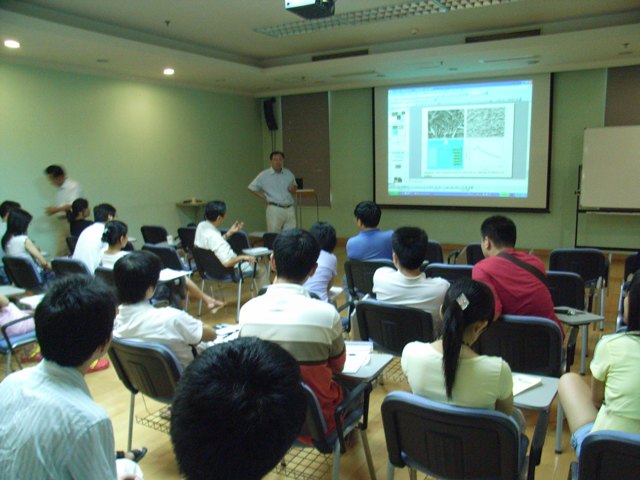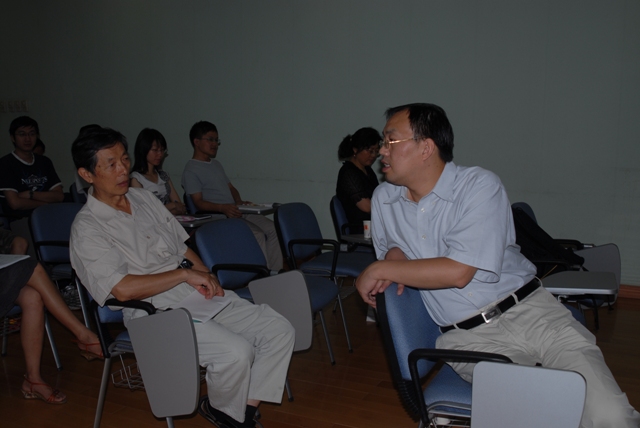光电化学系列讲座(六) 2008-8-6


报告人:孔向阳 教授 上海交通大学 材料科学与工程学院
Dr. Xiang Yang Kong is a professor of nanoscience and nanotechnology in the School of Materials Science and Engineering, Shanghai Jiao Tong University. Dr. Kong is recognized for his research on the synthesis and assembly of nanostructures as well as the nanoscale architectures for the applications on MEMS/NEMS biosensors and energy system. Dr. Kong is the member of MRS and active in several professional societies of physics and chemistry. He is the author and co-author of more than 30 articles on prestigious journals, including Science, PRL, JACS, Nano Letters, Advanced matierals, etc.. The total scitation times of his papers are more than 1400. He has also held five patents for industrial applications, and his several papers have been cited over 400 times. Dr. Kong was upported by the project for the Young Distinguished Investigator from NSF of China in 2005.
报告题目:Aligned LiFePO4 nanorods array: A novel cathode for high performance lithium battery
内容提要:
LiFePO4 (olivine) attracted considerable interest for application as a cathode material in Li-ion batteries with improved safety and reduced cost. However, the poor electrical conductivity of LiFePO4 is a crucial issue to be addressed either by doping with supervalent cations or by carbon additives, which may also generate iron phosphides or phosphocarbides at the surface. We proposed that alignment of nanorod arrays of LiFePO4 would be shorter electronic conduction path helpful in reducing ohmic resistance within the aligned nanorod along the growth direction of the b-axis. In our case, high crystalline nanorods of LiFePO4 have been prepared without any impurities by using
hydrothermal process. The alignment of LiFePO4 nanorods was conducted under the magnetic field up to 2T into the oriented array along the b-axis. The battery with the aligned nanorods cathod exhibited the highest electrochemical reactivity among the prepared samples, and the discharge capacity was about 160mA h/g measured at a current density of 17 mA/g.
